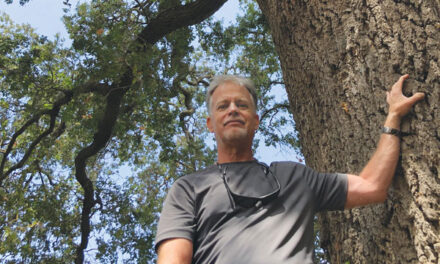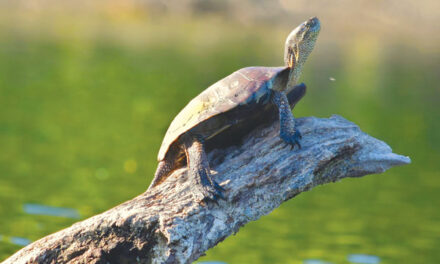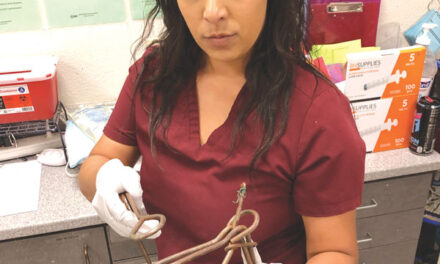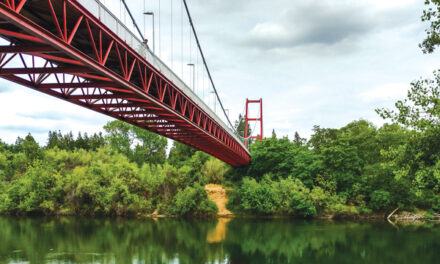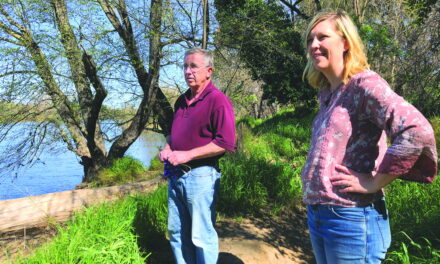Their weapon is a crossbow—gunshots draw attention. They skulk under cover of darkness, late at night and early in the morning. Night-vision optics help locate their targets—big bucks with large antlers. The bigger, the better.
“They call the arrow a bolt,” says Tim McGinn, wildlife advocate, nature photographer and longtime member of the American River Natural History Association. “The tips are like five little razor blades. If they hit them in the lungs or chest area, the deer will last maybe two or three minutes. It’s lethal.”
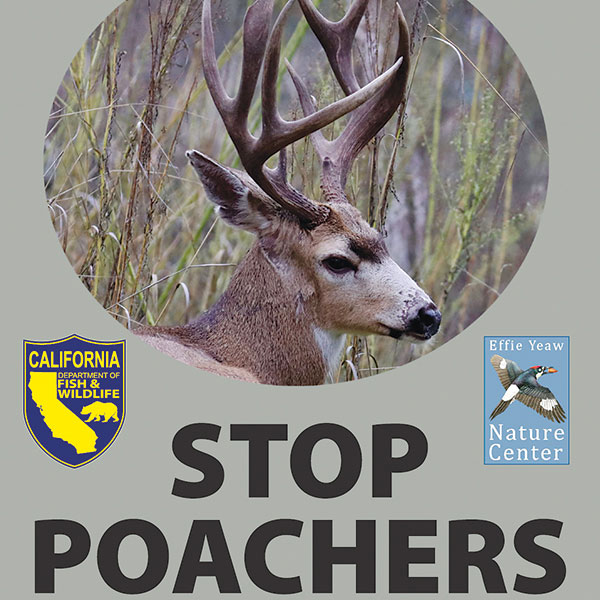
This is poaching—the illegal taking of fish and wildlife—and it’s a reality along the American River Parkway, where it’s never legal to hunt, McGinn says. “Never. No hunting. No guns.”
October through late January is rutting (or breeding) season for hooved animals, such as mule deer, the type of deer found along the river parkway. Ancil Hoffman Park in Carmichael, at the midpoint of the American River Parkway, is 396 acres and home to Effie Yeaw Nature Center, a sanctuary for wildlife and a hub for breeding.
“The females go into heat around the middle of October,” McGinn explains. “They’ll go out of heat in about six weeks.” The few does that don’t breed go into a second heat in late December.
Those four months are a critical time for law enforcement and the public to be vigilant about spotting poachers. “If you see a buck in a rut (mating season), he will walk right past you,” McGinn says. “He doesn’t care. He wants to breed with the doe. That’s perfect for a poacher.”
McGinn, a painting and building contractor in Sacramento since 1969, attended Sacramento State and Oregon State University, where he studied wildlife management. He has frequented the nature area for more than 45 years and is familiar with the herds.
“There are some tremendously large bucks in this area,” McGinn says. A male mule deer can weigh as much as 180 pounds. “Because they are semi-protected, they grow old. And they grow big antlers.
“The poachers are after the trophy-class bucks. There’s a lot of ego in it. There’s a lot of prestige in it. There’s a lot of money in it.”
Last year, McGinn initiated a public awareness program to educate the community and enlist help in stopping poachers. Effie Yeaw Nature Center, California Department of Fish and Wildlife, and Save the American River Association participate in the program.
“If we get the public involved—like a neighborhood watch program—the pressure is on,” McGinn says. “The public knows these people are there. And they’re looking for them. Through that pressure, by constantly educating the public, we can get these guys.”
Even though poachers predominantly kill the deer at night, they often scout them during the day, McGinn says. “Be aware. Take pictures on your cell phone. Get license plate numbers. Get descriptions.
“Then report it as soon as you can. Fish and Wildlife is really on it. They will answer their phone 24/7. If you’ve got enough information, they are there, right now.”
Report information by calling the Californians Turn in Poachers and Polluters line at (888) 334-CALTIP (2258) or text 847411.
“We are doing everything we can to do deter these people. But it’s a long process,” says McGinn, who notes it can take up to two years to catch and convict poachers.
“I started the public awareness program because I couldn’t stand losing all my big bucks. I photograph them. They know me. And then they’re gone.”
Cathryn Rakich can be reached at crakich@surewest.net. Follow us on Facebook, Twitter and Instagram: @insidesacramento.


